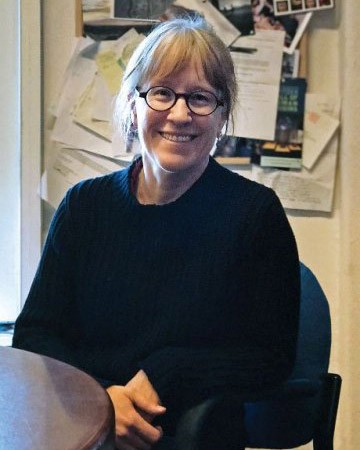Project Description
We seek support for a community-based museological and anthropological research and teaching project focused on the town and landscape of Shuqba in the Palestinian Territories. Shuqba is known for its prehistoric cave, excavated by Dorothy Garrod (University of Cambridge) in 1928. Its evidence was fundamental in writing the first narrative of the origins of settled agricultural life. Critically reassessing this history, the project brings together researchers from the Departments of Anthropology, Columbia University and History and Archaeology, Birzeit University, with support from Columbia’s Center for Palestine Studies, the Palestinian Ministry of Tourism and Antiquities, and the Shuqba Town Council. It has three components: community archaeology, museology, and oral history. We began work in 2013, and with the award of a 2015 PGIF Planning Grant, undertook a pilot study between 2016-19. This proposal moves the project into its next phase: (a) the establishment of a sustainable community museum in Shuqba (b) extending archaeological fieldwork in targeted areas identified during the pilot phase, (c) expanding oral history interviews and workshops. We anticipate completing this phase by late 2023/early 2024, culminating in the opening of the first public Shuqba Museum exhibition. The overall aim of the project is to contribute to the creation of sustainable cultural heritage and tourism-related collaborations between local communities, the Palestinian diaspora, and local, regional and international institutions (whether academic, governmental or NGO). We envisage the museum as an educational resource center which, combined with the community archaeology fieldwork projects, will foster links between local schools, community colleges and Birzeit, a major local research university, as well as with the international community. Ultimately, these connections will promote community awareness, ownership and stewardship towards this culturally significant, and currently environmentally threatened historic landscape.
